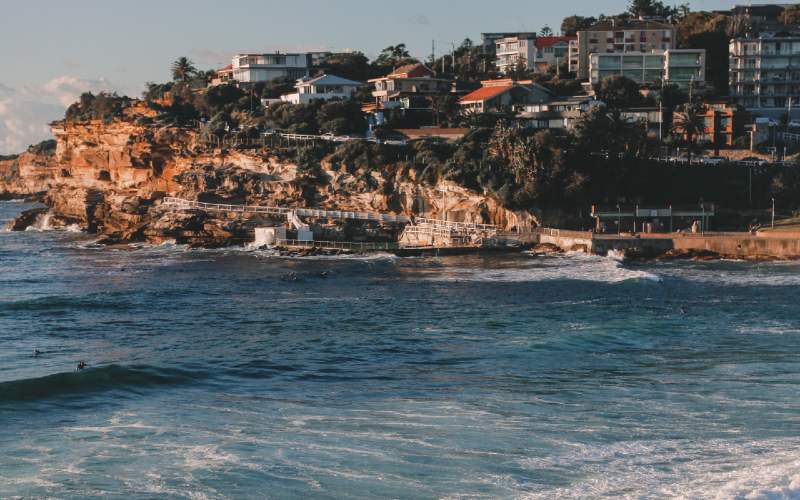Rising property prices before the COVID-19 pandemic hit are expected to offset much of the drop in prices expected in the second half of this year.
According to analysis by HSBC, national house prices could end 6% higher by the end of 2020, with Sydney house prices potentially up by as much as 9% and Melbourne 7%.
But next year, house prices could drop anywhere between 2% and 12% nationally.
The biggest declines are expected in our biggest housing markets, with Sydney house prices predicted to fall between 5% and 15% and Melbourne's by between 7% and 17%.
The drop in house prices could be even higher if economic recovery is an 'L' or 'W' shape.
HSBC chief economist Paul Bloxham said rising unemployment and a freeze in migration thanks to border lockdowns were likely to be big drivers of oversupply, driving house prices down.
"Forecasting housing prices is difficult at the best of times, but at the moment it is particularly challenging," Mr Bloxham wrote.
"Although interest rates are at record lows, which should support housing prices, at the same time, the COVID-19 economic shock, stalled migration and rising unemployment are set to weigh on housing demand.
"We expect larger declines in housing prices in Sydney and Melbourne than in Australia's other cities, given greater reliance in these cities on migration and foreign students, which have stalled as a result of border closures."
Many economists are forecasting a house price drop of anywhere between 10% and 20% nationally.
Earlier in the month, the likes of Commonwealth Bank and SQM Research predicted a 30% drop in a worst-case scenario.
There are already early signs of prices dropping, with combined capital city house values falling by a 0.20% over the 28 days to May 18 according to CoreLogic.
"No sign of distressed selling"
Some vendors are already reducing their asking prices but a recent analysis of Domain listings has found there is "little evidence to suggest an increase in urgent or distressed selling across Australia’s capital cities".
According to the analysis, Sydney, Perth, Adelaide and Hobart had a marginal increase in the number of urgent sale listings from February to mid-May "when the full economic shutdown and social distancing restrictions would have been felt".
But Melbourne and Darwin saw no change, and Brisbane and Canberra saw a small decline in the number of urgent listings.
"This suggests home owners are not being forced to sell despite the economic turmoil and rising unemployment created by the current health crisis," Domain economist Nicola Powell said.
Proportion of urgent sales:

Ready, Set, Buy!
Learn everything you need to know about buying property – from choosing the right property and home loan, to the purchasing process, tips to save money and more!
With bonus Q&A sheet and Crossword!



 Harry O'Sullivan
Harry O'Sullivan











